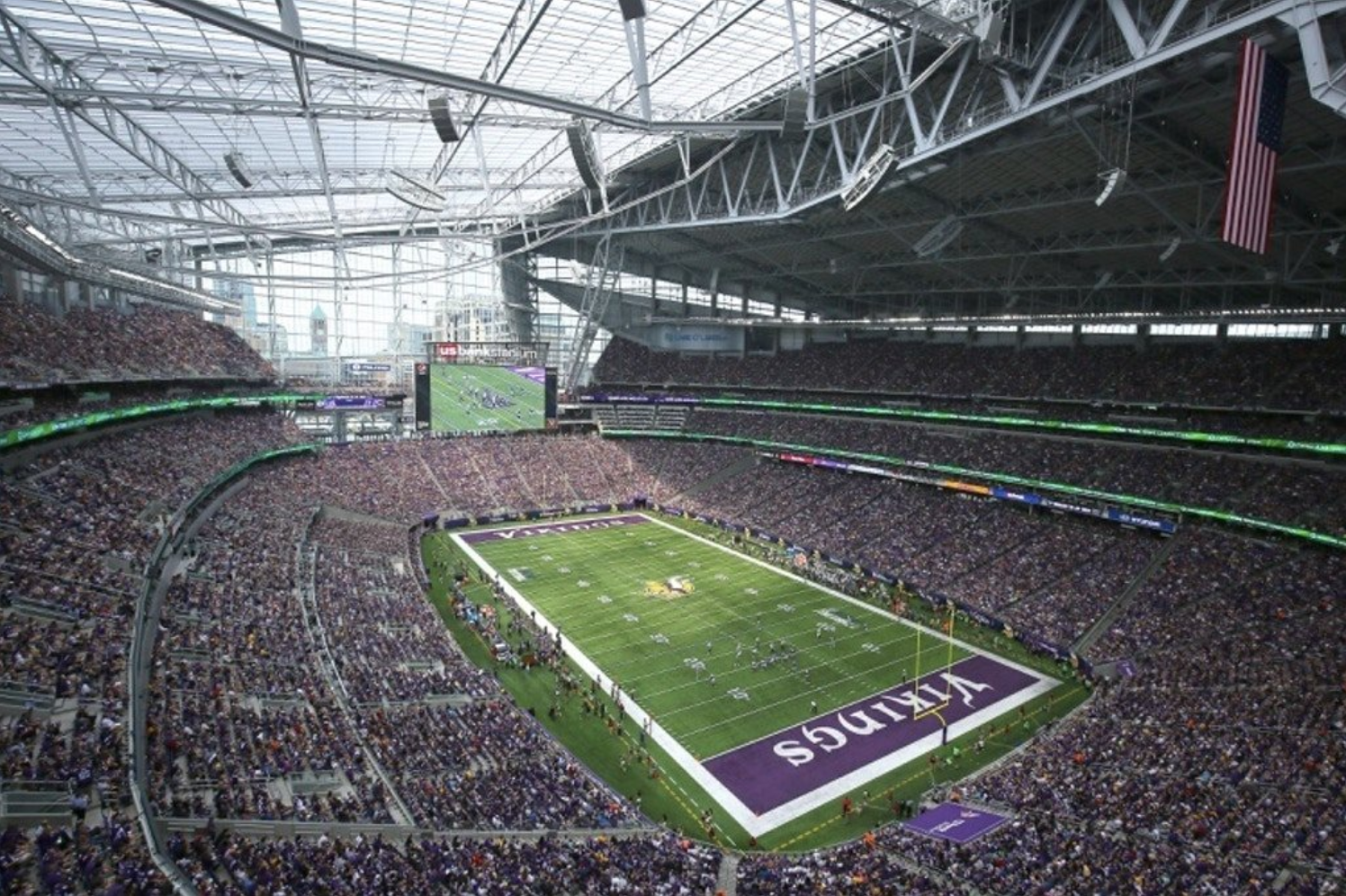
Sustainability plans in place for super bowl LII
In the world of sports, there are few spectacles bigger than the Super Bowl. Equal parts athleticism and consumerism, the annual showcase is often the most-watched television event of the year, generating huge economic return. But it also generates a huge amount of waste.
This year, some of the game’s corporate partners are joining forces to host Super Bowl’s first zero-waste legacy project.
U.S. Bank Stadium, the NFL, Minnesota Sports Facilities Authority, PepsiCo, and food service provider Aramark are teaming up for the lofty endeavor of producing no waste during the main event. That doesn’t mean fans won’t throw anything away — instead, organizers hope to keep the more than 40 tons of trash typically generated during a Super Bowl out of the landfill.
90% of garbage from the game, food waste and paper, will be composted or recycled. The remaining 10% of waste will likely be plastics that can’t be reused. These will go to a waste-to-energy incinerator where it will be burned and converted to power.
The Super Bowl XLIX in Arizona launched a zero-waste effort in 2015. In addition to waste from game day, community members repurposed textiles and recyclables from pre-game events and celebrations. Even kids got in on the action, donating 33,000 supplies to schools in the area. The all-in effort led to 73% of waste diverted from landfills.
Following the Super Bowl, best practices from the project will be shared widely with other event organizers, with the goal of hosting zero-waste events around the world, all year-round. And what better beta test than one of the biggest events of the year?
“What differentiates it from anything we’ve done in the past is the commitment to not just doing this for one day, but to work together to change the paradigm,” said Jack Groh, director of the NFL's environmental program.